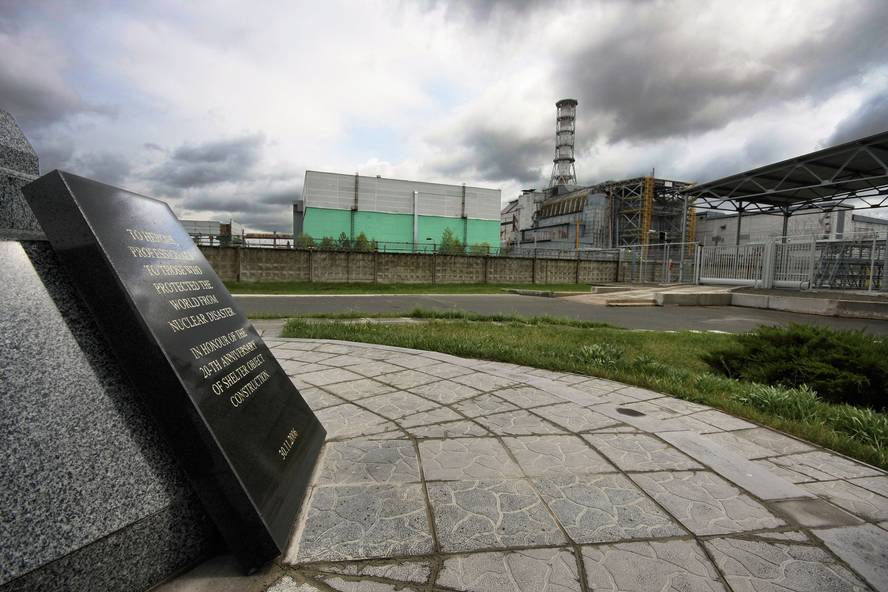The shadow of the Chernobyl disaster does not disappear
This is what The Lancet magazine has warned, among others, in an article on the 30th anniversary of the Chernobyl disaster. The title is illustrative: “Lessons without learning.” The author, Chris McCall, has completed the article with a witness and health experts working at the nuclear power plant during the accident.
According to him, security officers and authorities made a number of mistakes at the time of the accident, especially the concealment of information. This had serious consequences for the health of people living in the center environment. In the coming weeks of the disaster, 28 people died from radioactivity. Subsequently, other diseases have appeared with exceptional prevalence: thyroid cancer, cataracts, skin conditions...
Beyond health problems, Fukushima is the most obvious evidence that Txernobyl has not learned the lesson he has left. And not only because there were security failures, such as earthquakes being in a regular place, but because people were not sufficiently informed of what happened and the risks. This is the biggest mistake according to article experts: hide.






